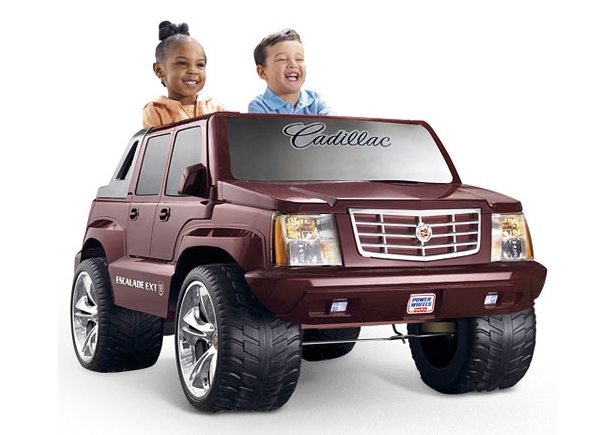 Photo: 50%ChanceofRain via Flickr
Photo: 50%ChanceofRain via Flickr
 The rain gauge in our garden.Photo: Steph LarsenBefore there were meteorologists, radar, or the National Weather Service, farmers were the predictors of weather. It makes sense too, because the success or failure of their livelihoods depends heavily on if and when it rains.
The rain gauge in our garden.Photo: Steph LarsenBefore there were meteorologists, radar, or the National Weather Service, farmers were the predictors of weather. It makes sense too, because the success or failure of their livelihoods depends heavily on if and when it rains.
Records of rainfall in Lyons, Neb., where I live, date back to 1895. The average monthly rainfall for August is 3.36 inches. So far this month, we’ve had 6.1 inches at my farm, and there are thunderstorms predicted for every day of the next week. My neighbor told me he’s measured 31 inches since June 1, which is 2 more inches than we normally get for the entire year.
I am not complaining, though, because as my partner says, “Better too much rain than not enough.”
Grasses are like nature’s water vacuum. As long as there isn’t standing water in a field, the plants don’t seem to mind. One stark example of the power of grasses was my neighbor’s ditch — he closely crops the grass in front of his house, but lets the grass grow tall in front of his cornfield. The mowed grass resembled a bathtub of glassy water, while the tall grass just barely had a stream running through it.
 Grass sucks up water very efficiently — unless you’ve mowed it.Photo: Steph LarsenThe rain has made my pasture grow like crazy, and my “cherry” tomatoes are the size of large plums. Of course, the weeds in my garden have loved the rain too, and I’m embarrassed to admit that they’ve gotten completely out of control. When I had a kid from town come over to help me with weeding, his first question when he looked at the garden was, “Where are the plants?” Where, indeed.
Grass sucks up water very efficiently — unless you’ve mowed it.Photo: Steph LarsenThe rain has made my pasture grow like crazy, and my “cherry” tomatoes are the size of large plums. Of course, the weeds in my garden have loved the rain too, and I’m embarrassed to admit that they’ve gotten completely out of control. When I had a kid from town come over to help me with weeding, his first question when he looked at the garden was, “Where are the plants?” Where, indeed.
In the Great Plains, farmers are praying for rain more often than not. Northeastern Nebraska is right on the cusp of needing irrigation to grow grain, so many of my neighbors don’t have the long, skeleton-like center-pivot irrigation rigs that dominate the landscape as you move west. That means the right amount of rain at the right time is a huge factor for bringing in a successful crop.
There is such a thing as too much of a good thing, though. On a recent morning as I let the dog out, I noticed a funny smell coming from the basement. What I saw stopped me cold: several inches of smelly water covered our entire foundation. It took all day to clean it up, and groundwater is still seeping in through the cracks in the cement.
Having this much rain our first year on the farm presents challenges in planning for the future. We’ve had our 14 sheep grazing the land around our house and outbuildings for 10 weeks, and they have yet to graze a spot twice. There’s been so much grass around for them that they haven’t even touched the five acres of pasture we planted.
All this rain has made the grass lush, but it also makes it hard to judge how many sheep we should plan on raising next year, when perhaps the rain won’t be so abundant.
If I believe the murmurs in the local bar, this was both the most winter snowfall and the most summer rainfall this area’s had in 30 years. Perhaps it’s just a coincidence that this year’s weather immediately follows the hottest decade on record, but I doubt it. Like farmers of decades past, we’ll have to wait and see how the weather patterns of the next few years play out and make educated but conservative guesses. It’s always better to have too much grass for sheep to eat than not enough.



